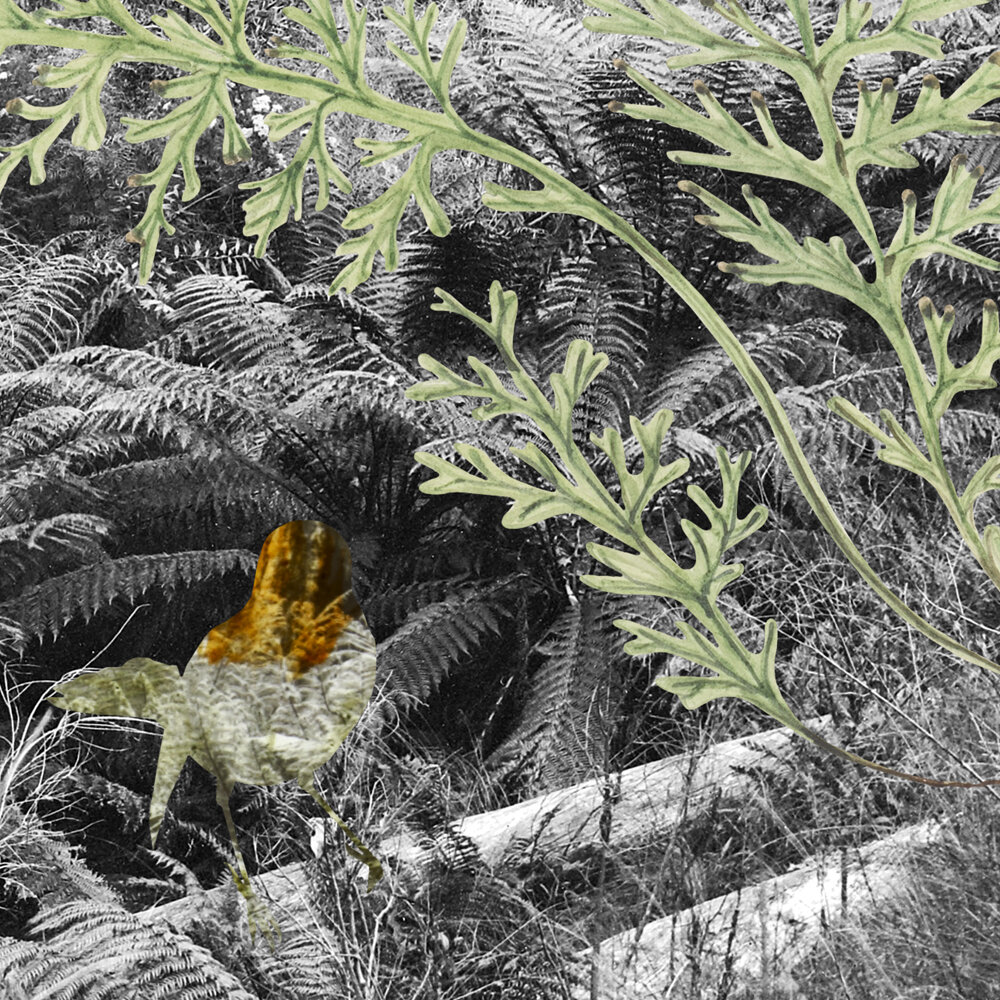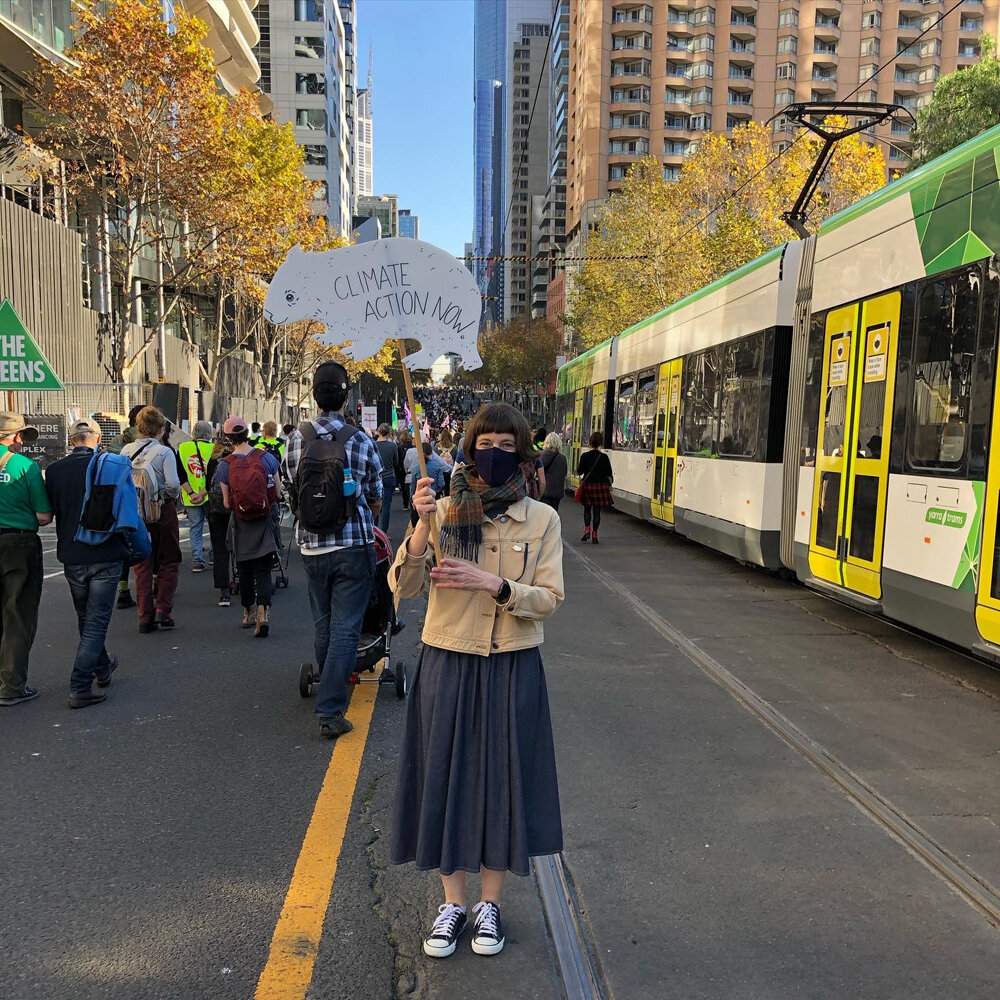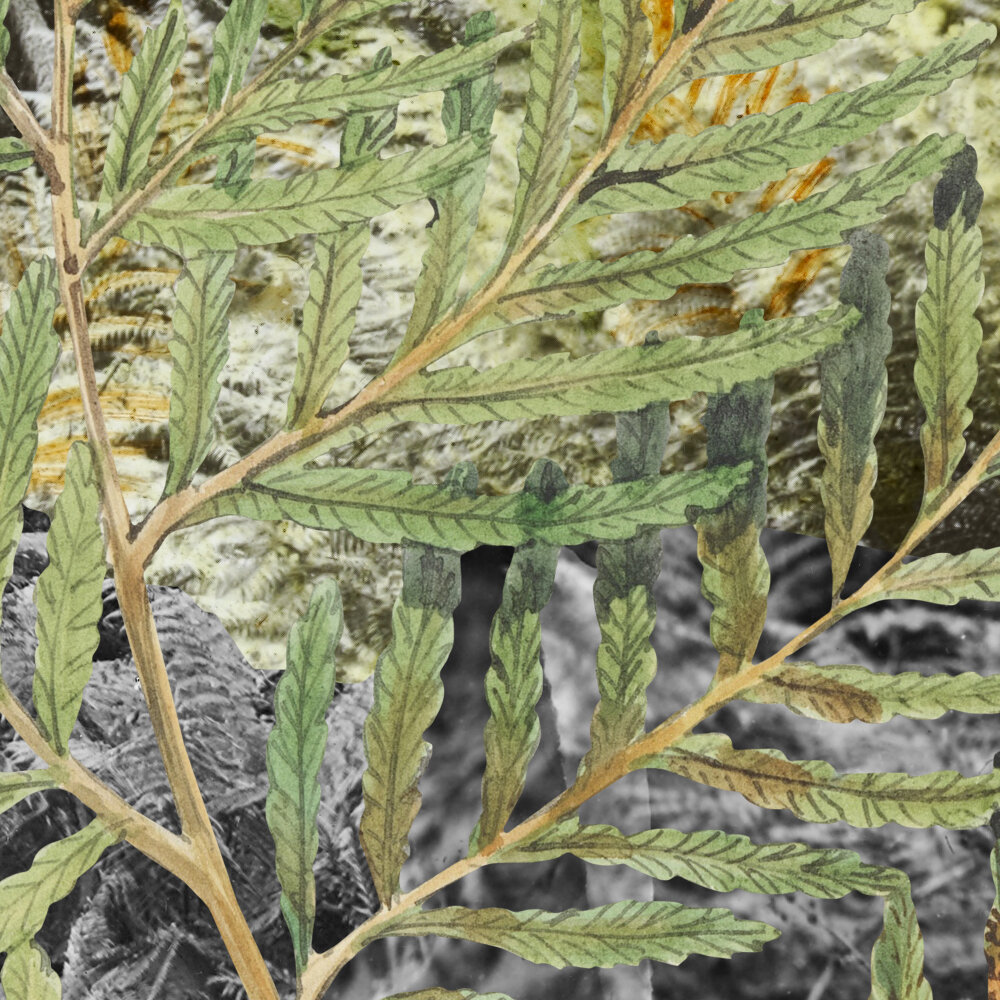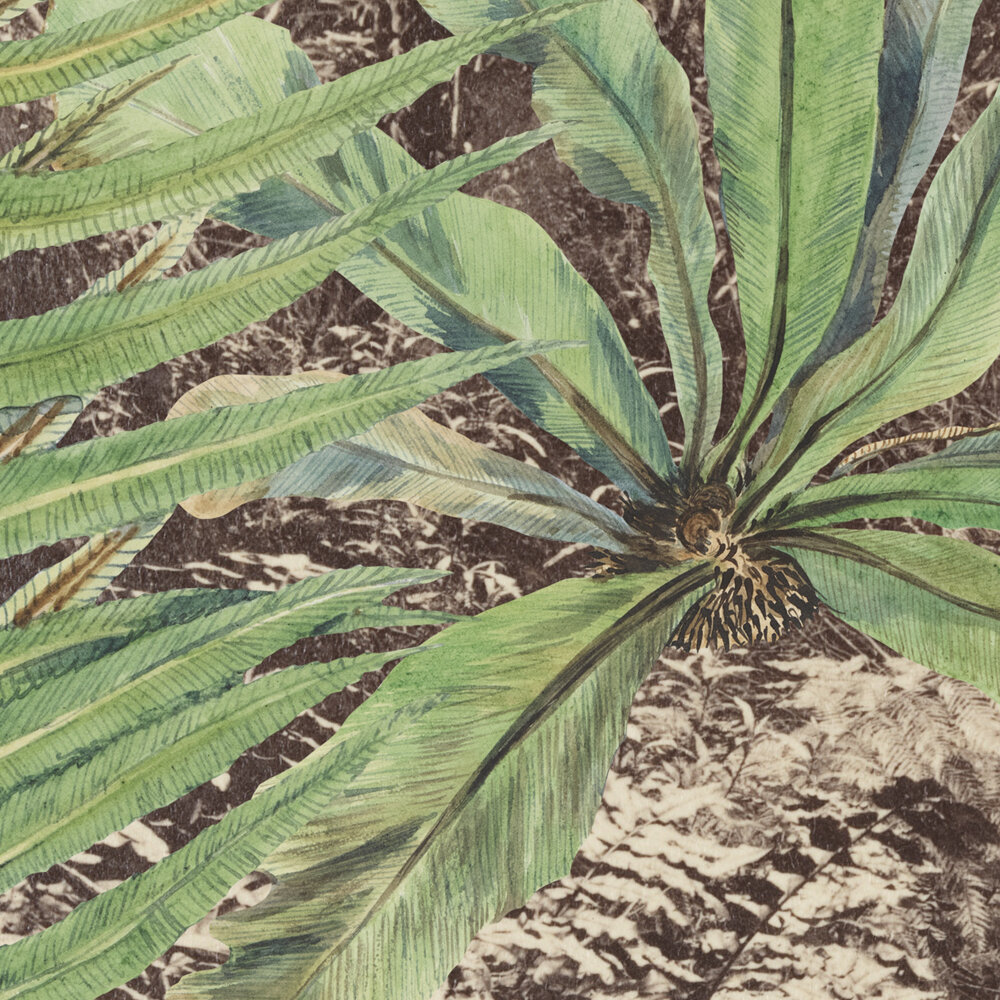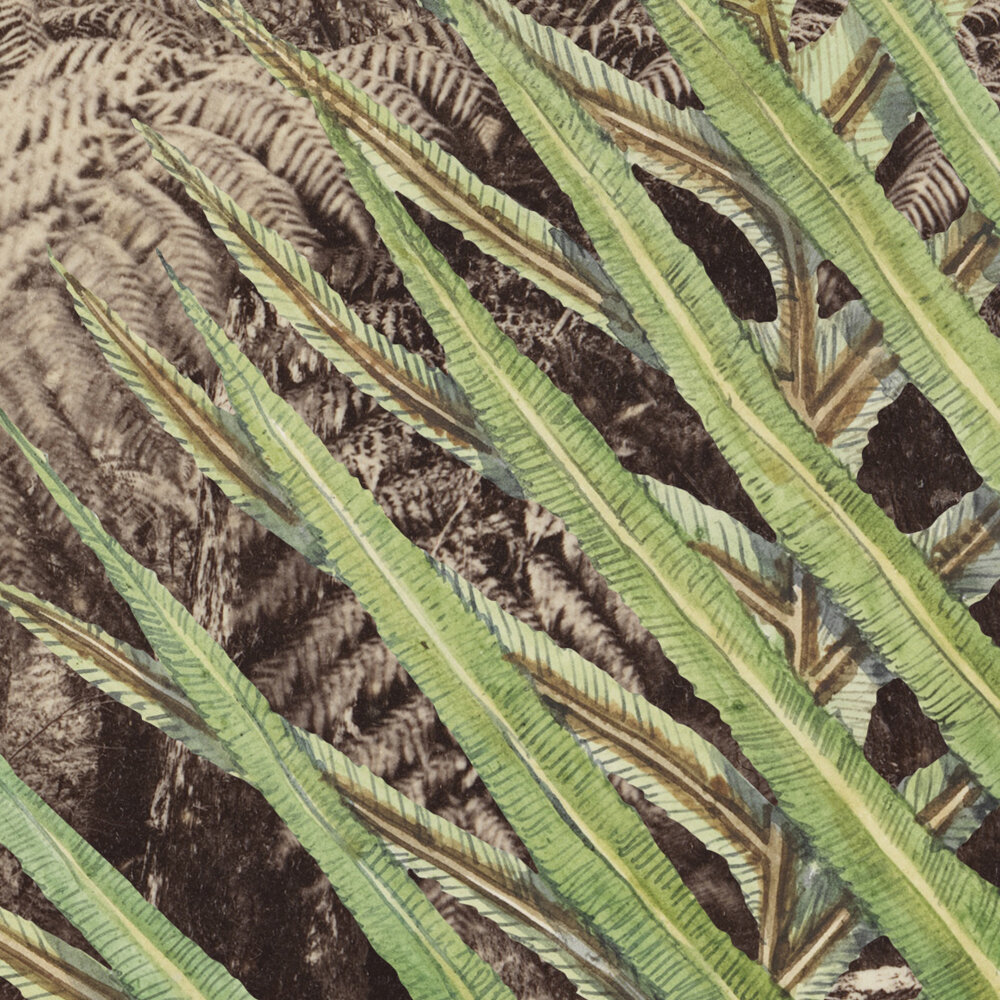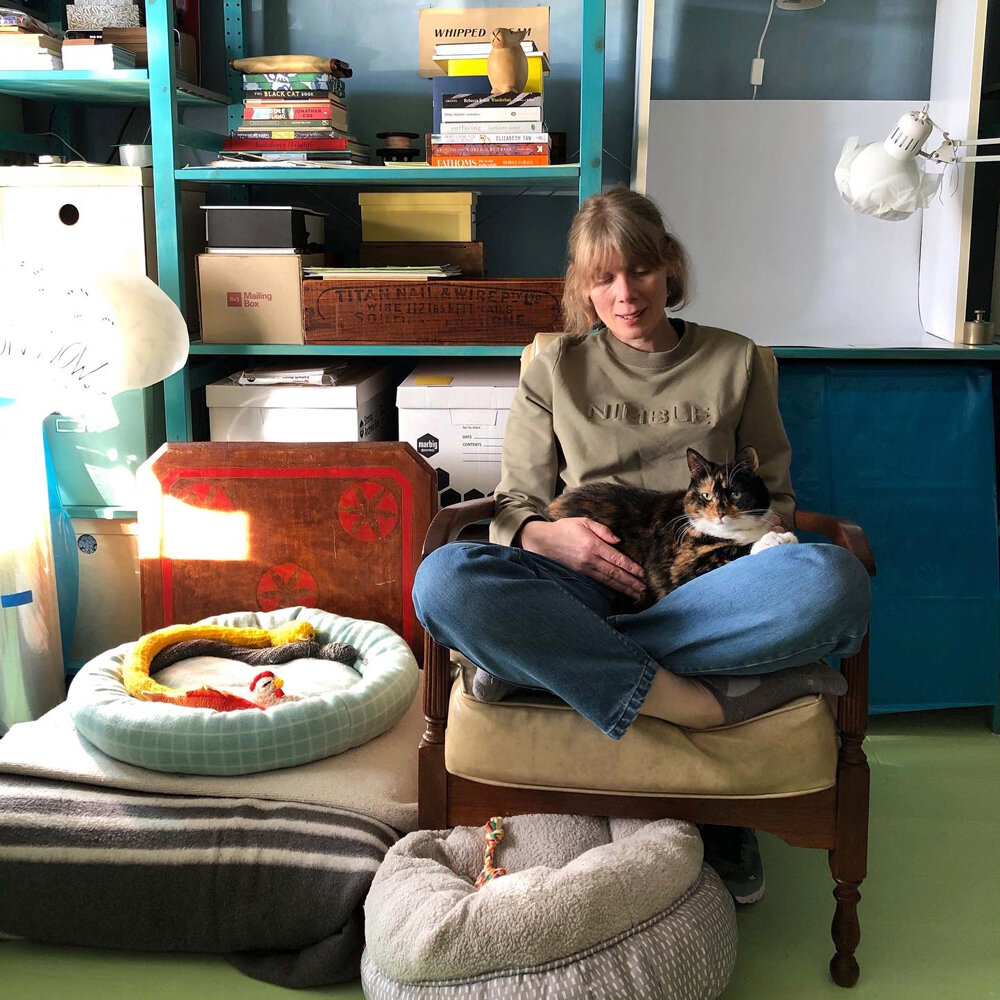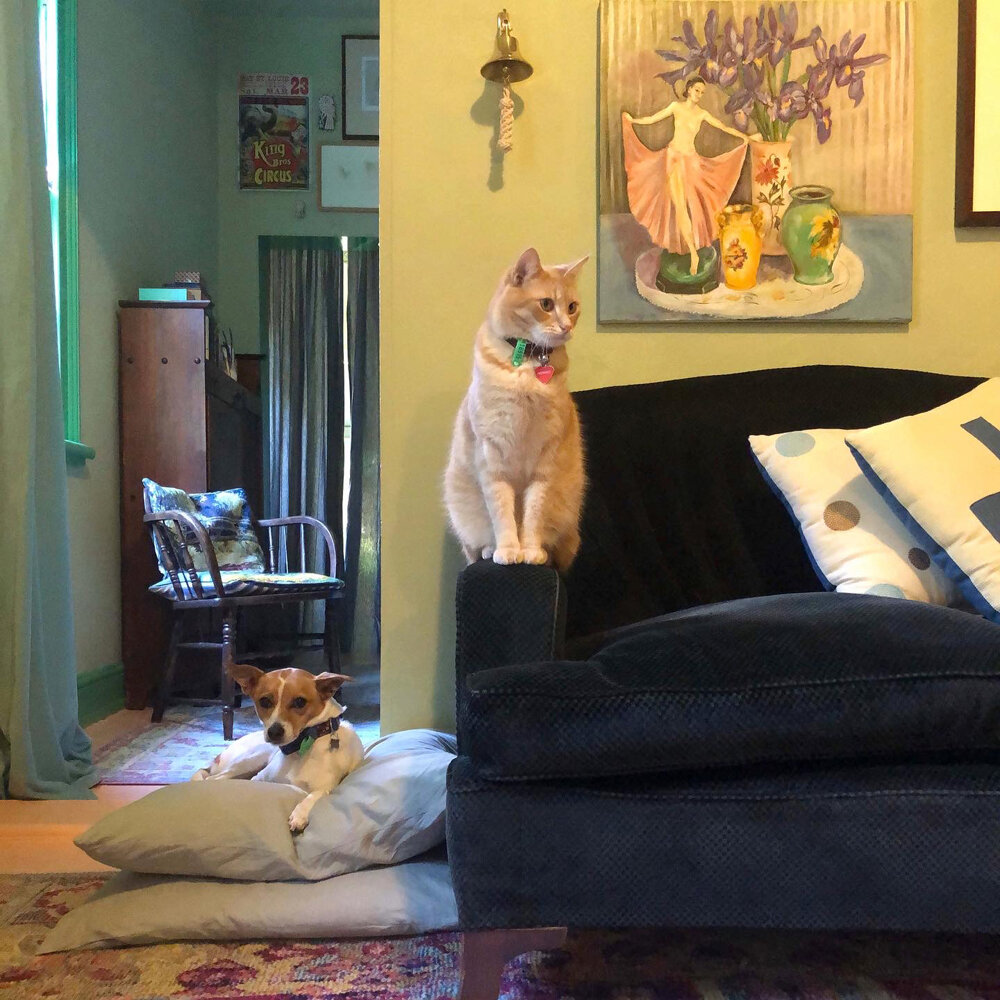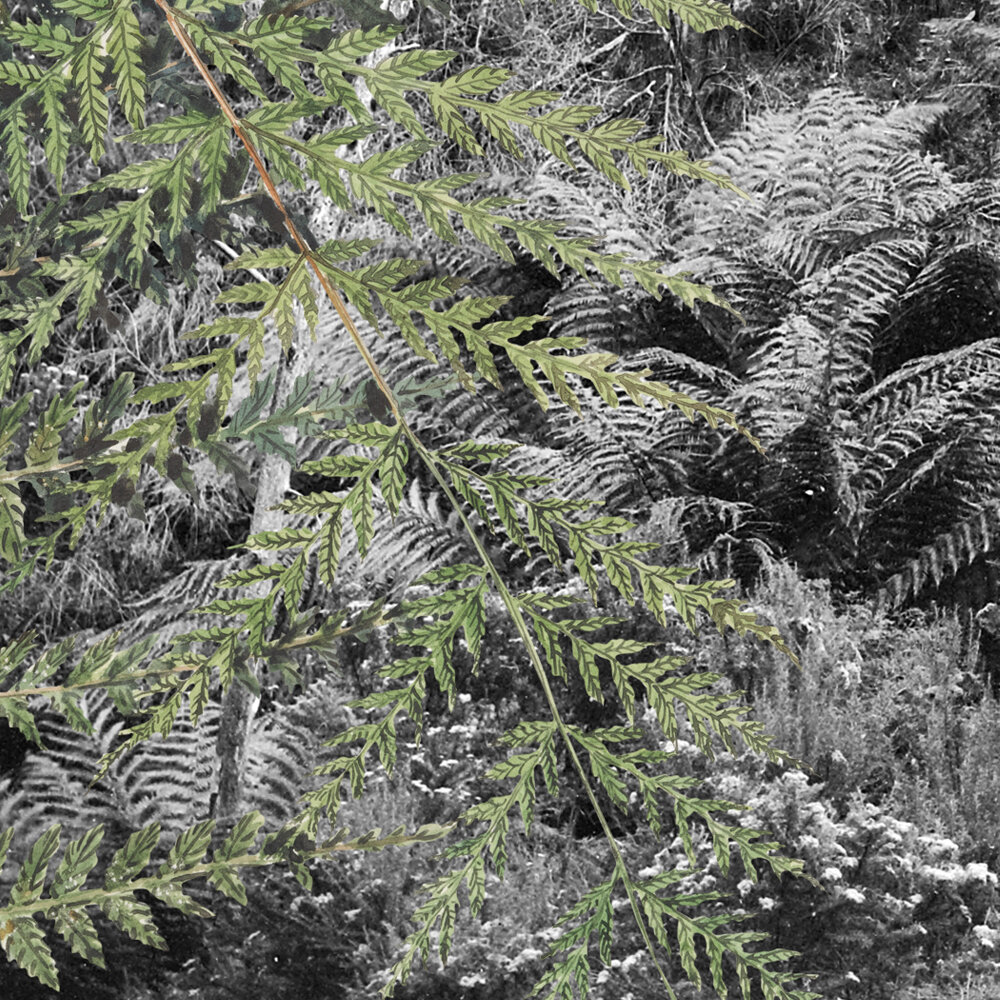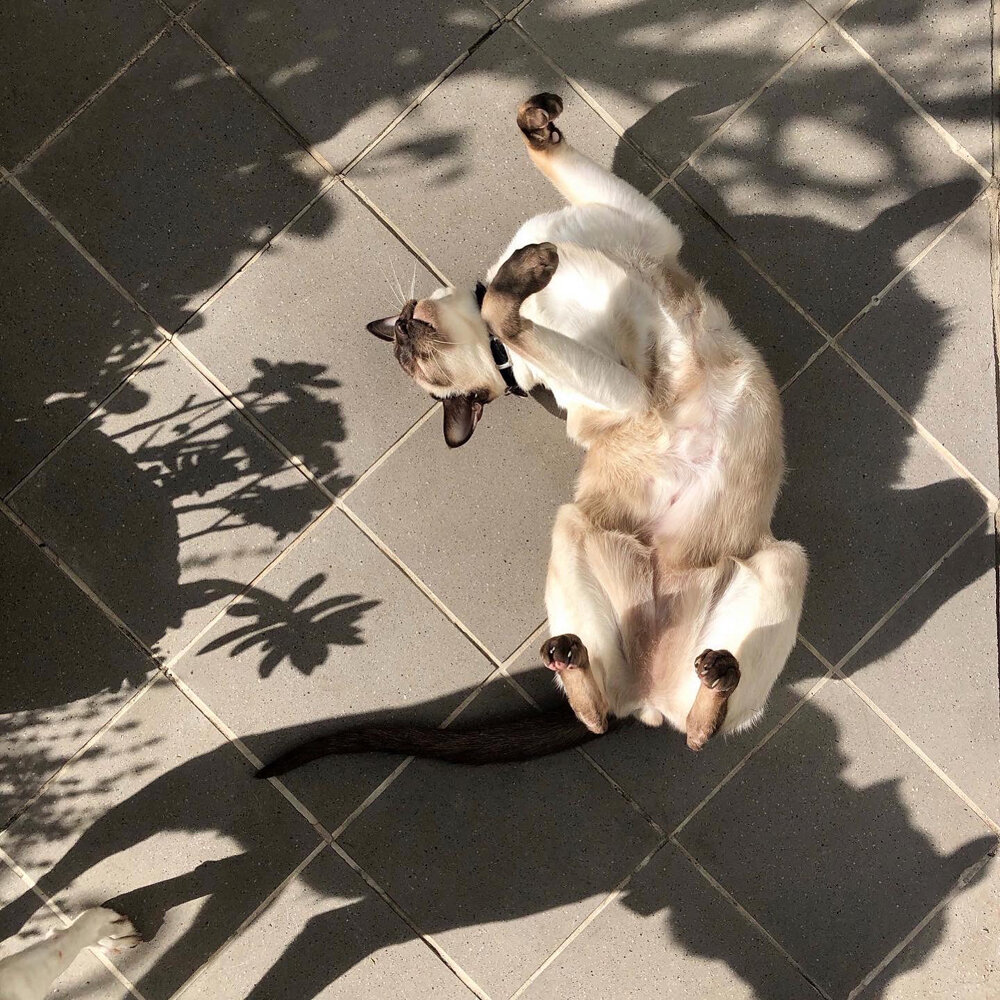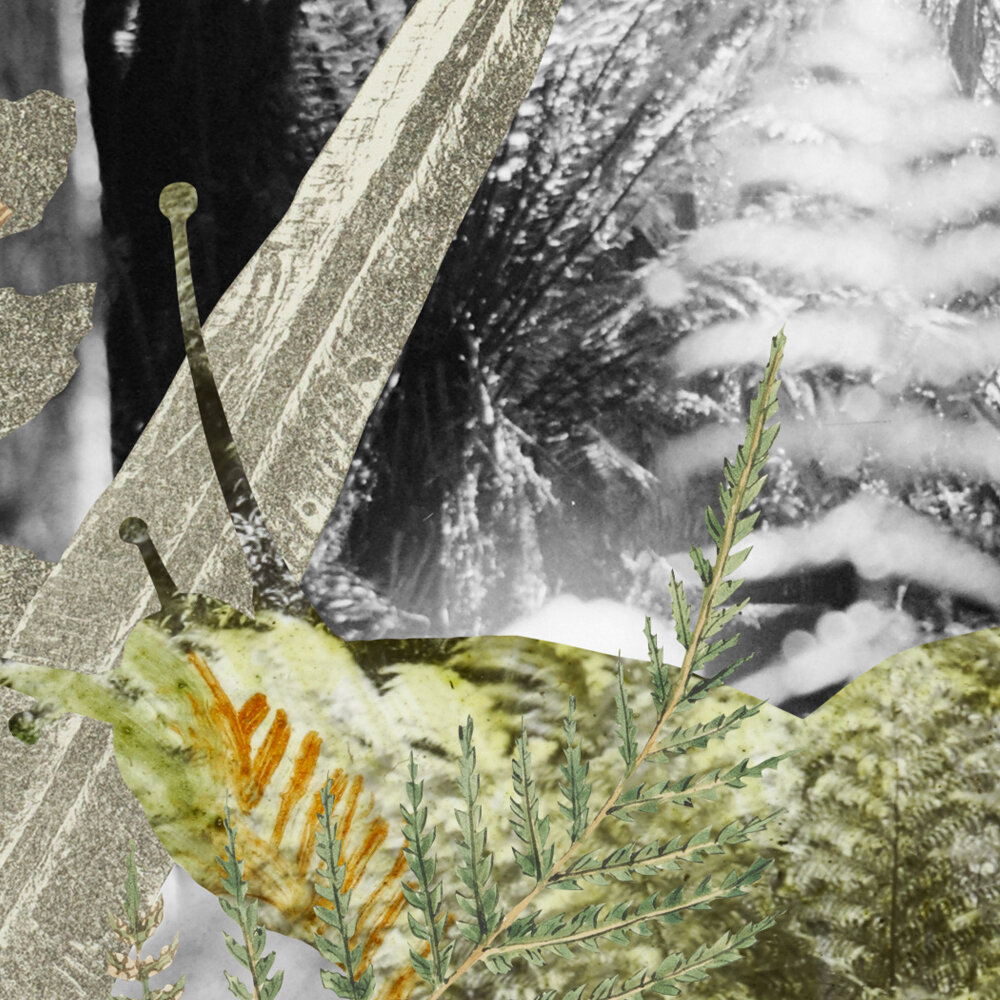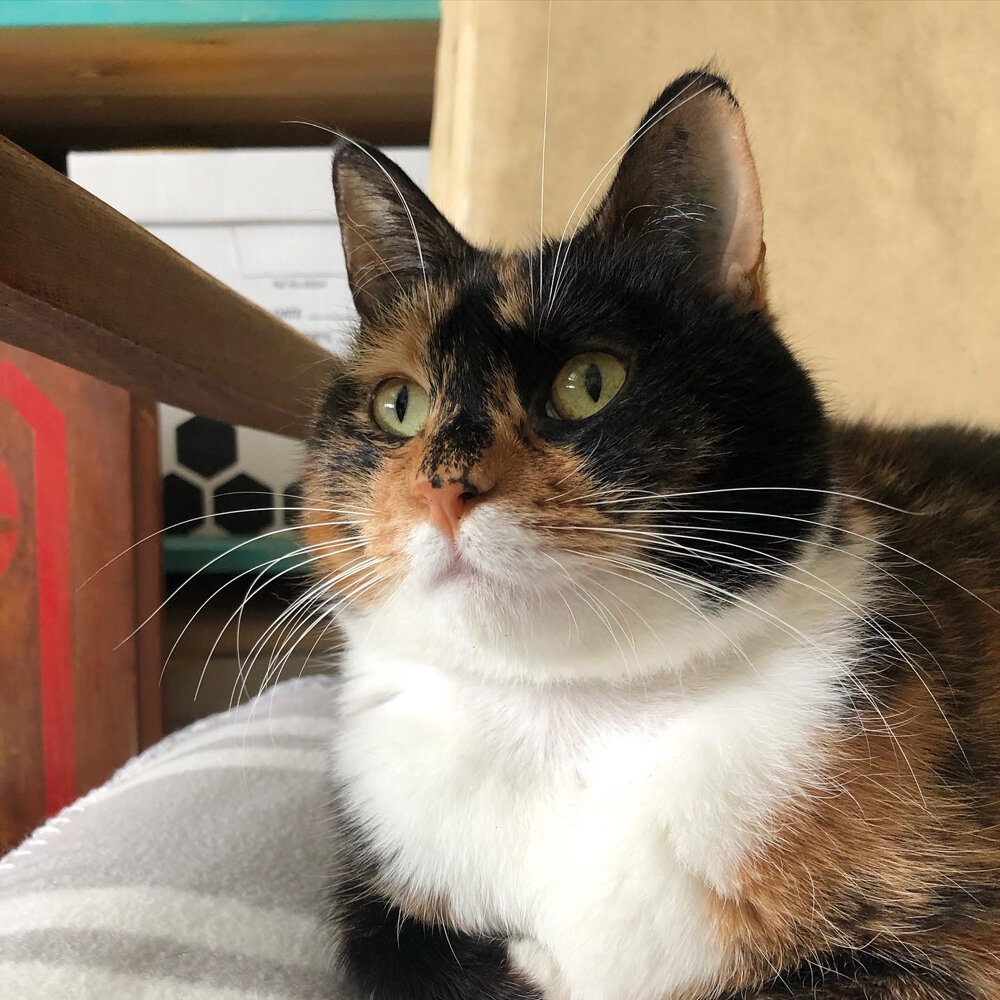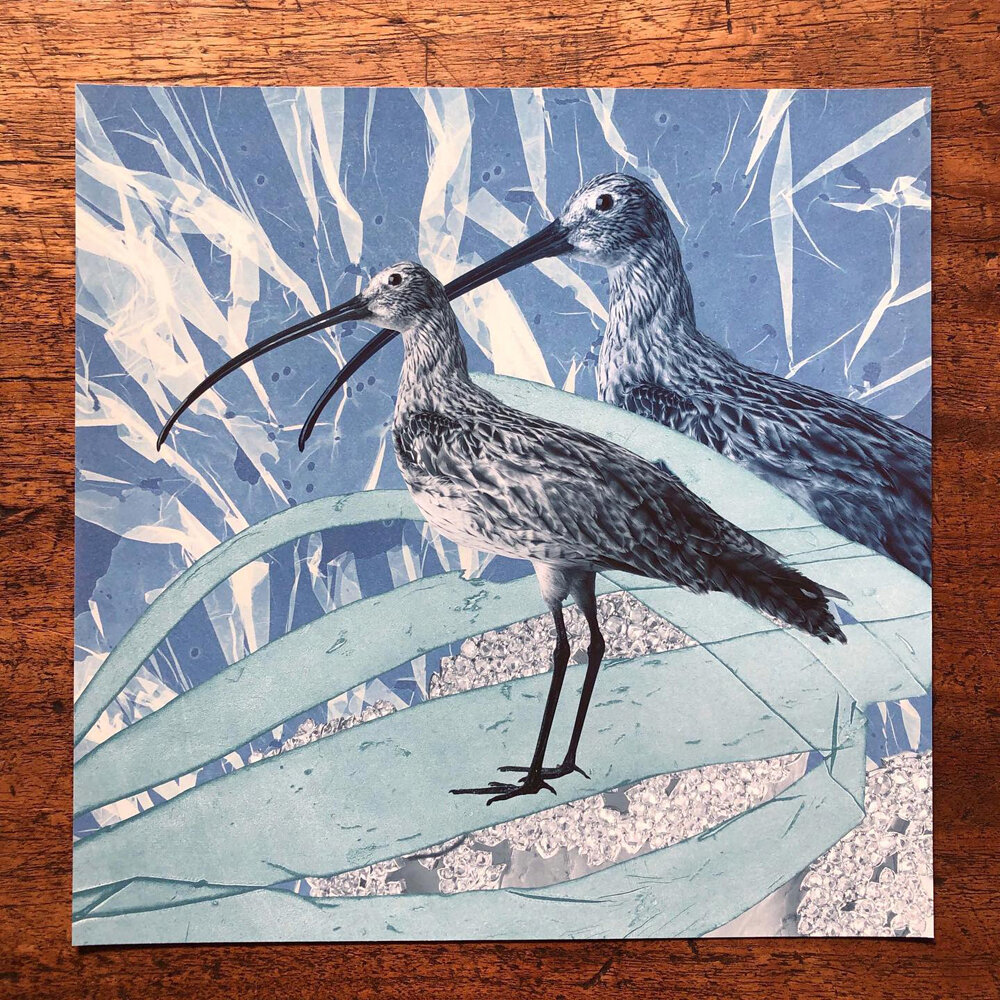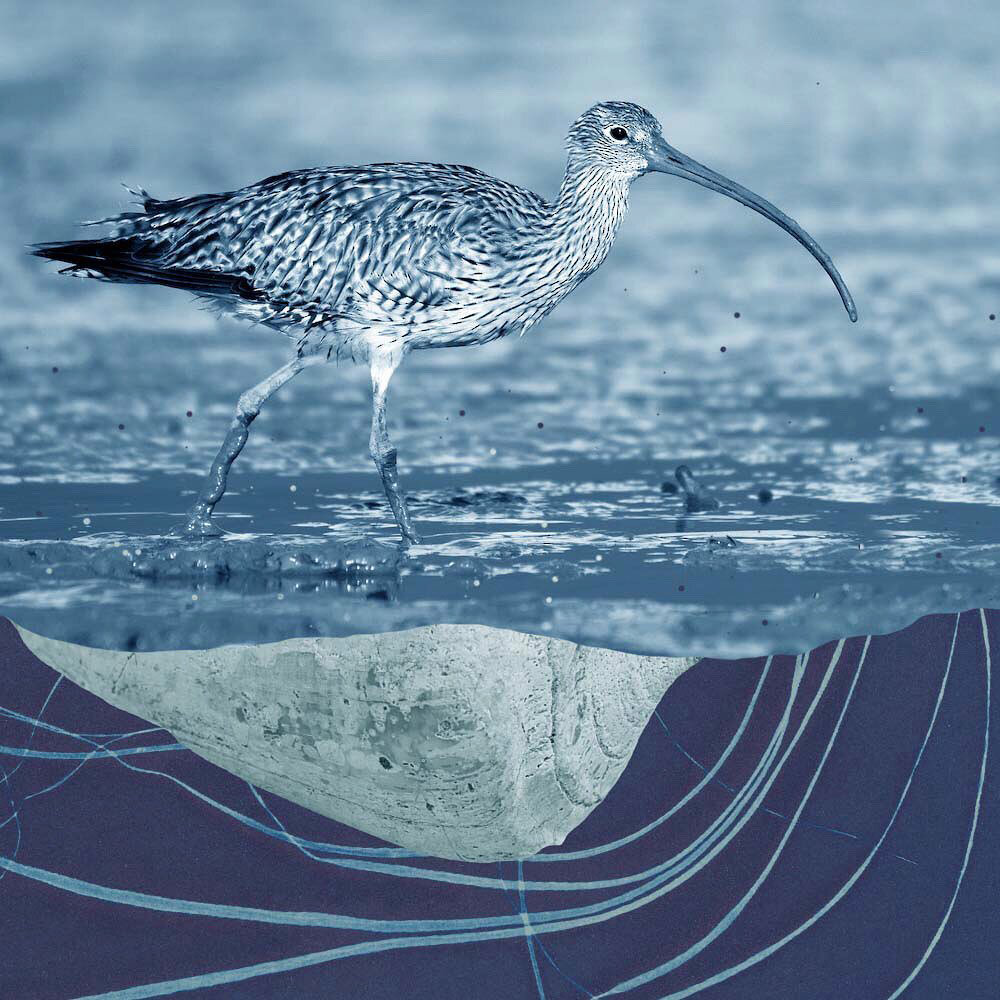IN LOCKDOWN PROJECTS, 2021
1/ Gracia Haby & Louise Jennison
Hooded plover
2021
For the Melbourne City of Literature Office Wildlife Postcards
Postcard 14 of a series of 21
A6 postcard
Our Wildlife Postcard depicting an adult and a juvenile Hooded plover (Thinornis rubricollis) commissioned by and especially for the Melbourne City of Literature Office.
Wildlife Postcards
In 2020, the Melbourne City of Literature Office commissioned a series of postcards, the art and image of each centred around a different animal found in Victoria, to be presented when the Office has the opportunity to travel overseas.
Postcard 14 of 21 #WildlifePostcards, Hooded plover is written by Anna Sublet (@notesofsubstance), and illustrated by Gracia Haby and Louise Jennison (@gracialouise).
Do your part to support the wealth and diversity of Victorian Wildlife by donating to @wildlifevictoria.
Melbourne City of Literature Office
The Wheeler Centre
●
The Hooded Plover needs sand, ocean swells and dunes to thrive. They make their living at the wrack line, the zone between shore and sea, where the rich debris from the ocean gives them both food and perfect camouflage for nesting.
Hoodies are one of the five Australian shorebirds that build their nests on the beach. In depressions in the sand, they bunker down against predators and wild winds. The nests are barely visible to the eye, certainly easy for a horse to trample, a dog to run through or a person to step on—the eggs broken and scattered, another breeding season interrupted, perhaps ended.
The eastern subspecies of the Hooded Plover has an estimated population of 730 in Victoria, where they are categorised as ‘vulnerable’. When I spot them, the chicks like tossed seaweed, they are just a blur, a dash, little feet scrambling lightly across the sand.
The most recent Victorian breeding season was one of the worst on record, with only 31 fledglings from 132 breeding pairs. Extreme weather and its effects on tidal swells meant many nests did not even make it to hatching.
At sunset at the end of breeding season, I watch the tiny smudges scatter on foot towards the incoming waves, dashing, hinting at their impending lift-off. The birds’ run becomes a flight, as they chase the sun’s setting rays back towards the town. Each successful fledgling is a small victory for this Victorian sub-species and its ongoing survival. And each time they take flight, a little piece of me, of us, flies too.
Anna Sublet
﹏
RELATED LINKS,
MELBOURNE CITY OF LITERATURE OFFICE
IN LOCKDOWN PROJECTS, 2020
BEACH-NESTING BIRDS (BIRDLIFE AUSTRALIA)
Q & A
Answered for Kasandra Hendy
As part of Art Enterprise Workshop,
Bachelor of Arts (Fine Art), School of Art, RMIT University
16th of August, 2022
What were your aspirations straight out of art school? Did you have a plan of what you wanted to do and where you wanted to go with your art?
Reaching back to the late nineties, it’s hard to recall if we left feeling jubilant and sure and full of bravado, or wobbly-pinned. Probably both states, and all else in between. With a plan. Big aspirations. And no idea what to do next. Like most things really, sure and unsure nestled side by side, if we’re honest. We knew we wanted to keep making. And we knew we wanted to make work together, as we held a similar work ethic. We’d been studio neighbours in second and third year, and been in many group exhibitions together, so this was something we knew felt right.
The early steps were unsteady, like the tiny orphaned joeys we are currently looking after, Ada and Agnès. They were a little shaky, we all are, as you figure things out, and feel your way along. Watching Ada and Agnès explore their temporary indoor enclosure in the land of humans, days after being rescued, they are inspecting every part of the branches. They are using their tails to balance on the branches we’ve strung up like swings so they move and nothing is too static. In a few months they’ll be scurrying with abandon and letting us see the gymnasts they are. It’s the closest parallel that springs to mind. Perhaps a tree might have been a better fit, with its layers of memory but always in the present moment.
We doubt that what we’d answer to this question, our intentions and dreams, then, would be what we’d say now. Unless you really boiled it down to the simplest of plans, that is.
What were your creative interests in art school? Did you find that these interests shifted after graduating?
Rusty memories, spinning here. We hope we lapped up everything. We hope we were open. To the knowledge that was shared, and the opportunities that arose.
The main difference between our approach then, to our approach coming up to twenty years later, is we are much more outward looking now. In the beginning, we were inward looking. We made work about our own experience. How things looked to us, right then and there. Today, our work is about what we can do now. About nature and how we need to be reciprocal. And an understanding that we are a small part of a giant whole.
Or, to borrow from the words of Robin Wall Kimmerer, “action on behalf of life transforms. Because the relationship between self and the world is reciprocal, it is not a question of first getting enlightened or saved and then acting. As we work to heal the earth, the earth heals us” (Robin Wall Kimmerer, Braiding Sweetgrass: Indigenous Wisdom, Scientific Knowledge, and the Teachings of Plants).
Our interests now perhaps feel more full circle. The things we were interested in when we were young and in awe of the world and all the creatures it holds. Today, we are a different kind of unsteady. No longer green stick, but still pliant to change.
How and to what extent has your practice changed since leaving Uni?
Technically, it has changed in that we have more bookbinding and Photoshop skills. More patience. Or do we mean clarity. Yes. And a clearer message. We want to talk to people through what we have made. About what we have made. It feels important to us that we branch out and don’t just show and share our work within a small like-minded bubble. Not in a numbers sense, but an inclusive, varied sense.
Space for people to enter, converse, and engage with our work is in the foreground, now, more than ever.
You have been collaborating for over twenty years, can you tell me what kind of positives and challenges come with working creatively with others?
Working collaboratively, even upon these questions, we have security in the sense that there is always someone who ‘has your back’ and there is always someone to ‘talk over ideas’. ‘A load shared’, and all of that. But it wasn’t really a conscious decision to work collaboratively. We just liked it so we extended it and extended it. We can figure things out together *insert ‘two heads’ proverb here* and be more ambitious than we might be if we were on our own. We also end up making something that is neither ‘yours’ and ‘mine’ but ‘ours’. Something not possible without the other. So, things are unexpected. They are a balance of more than one, which is something we find exciting.
Our collaboration is one that is based on harmony, and it is equal. Neither of us lift a bigger or more important piece, and this is very freeing. It is almost like being brave through anonymity. It gives us confidence to try new things. It enables us to be shapeshifters.
You can have really electric collaborations that are built on two opposites duking it out, but that’s not us. We’re not interested in it being clear as to who did what within our work.
The challenging aspect might be if we were to work alone? Yes. That’d be it. We’ve enmeshed every part of our work and life, that to untangle would be the greatest challenge.
Can you describe the role of research and theoretical frameworks in your artistic process?
Research is a river from which the works surface.
We love to research an idea and the practicalities of making something inside out. Indirect research that sparks things along, for now or to pocket for later, and in the thick of it, digging around, fleshing things out research. We enjoy piecing these pieces together to construct what it is we are hoping to communicate. Like placing a darkened leaf across the muzzle of a rat within the pages of our most recent artists’ book, Bracketed by light. The original drawing of the rodent in question, drawn by Gerard Krefft from ‘Gerard Krefft album of watercolour drawings’, ca. 1857–1858, 1861, 1866, has them labelled as Hapalotis arboricola. They’ve since been ‘unmasked’ and revealed to be a common Black rat. These things serve as another layer, literally, and otherwise.
In being foster carers for wildlife, specifically Grey-headed flying foxes, microbats, and Common ringtails (so far), we are enjoying a different kind of learning. We are seeing what we have read and been trained in put to practical use. Knowing how a prehensile tail works and seeing and feeling one in action is quite a different thing. It deepens our understanding of animals. And in turn how to make them ‘less flat’ on the page. We know the importance of green corridors, protecting habitat, and restorative planting, but it has been heightened through the opportunity to care for little pups, getting them ready for soft release and their return to the wild where they belong. It draws a new map of connectivity for us. We think about things from a perspective other than our own. Because the health of the whole is the health of every sentient being.
How does your art practice relate to your local and wider community? Is there something outside of the art world which informs or inspires you?
With all areas of our life feeding into our work, it seems only natural that our recent artists’ book should be about our first wildlife foster animals, two flying fox pups, Remy and Pip, three ringtail possums, Ruby, Clover, and Atlas, and a tiny Little forest bat named Rosetta.
Volunteering one evening a week to do the support feed of the pups and any adults in care at the soft release by the river, through Friends of Bats and Bushcare, at the tail end of summer is a wonderful chance to be up close with the flying foxes. The pups who came into care in the spring, are strong and ready for their first flights come autumn. The cyclical nature of these things informs our work, in more ways than one. No matter what else is happening, all the messy, happy life bits, all the everyday bits, we have a commitment to their care. This, too, is true of making your own work. There is always background noise.
From foster care, nature, and volunteering, the same is true of dance, performance, and film serving endless inspiration and meaning. When we are arranging pieces within a collage, we think of a theatre set, with the sides being the wings. Mainly, we think of movement. How can we animate a still image. How can we make it feel like it is moving. That it really exists before your eyes. We are always looking to add the sound of a flutter of wings overhead, or a rustle of leaves in the disturbed undergrowth. We’re all about the unfixed, though fastened securely, finish-wise.
Back in 2018–19, you exhibited a digital collage installation Ripples in the Open, which I was able to view in person during my final years of high school. I loved the use of scale and depicted flora and fauna, did you find any difficulties with installing a mural/collage work at that size?
Thank-you. There were so many fantastic challenges with this work. Resolution of source images, for one, and how to grow a collage that was 15-metres-long, and taller than us. But the solutions we struck upon meant that we ended up with a work quite different to what we thought we were going to make (in terms of the overall composition in the pre-print stages). And this is something we both find exciting. The aim at the beginning, when you are sourcing and scanning images, and where you land, when you send a work to print, wildly different. Working on a large collage, many elements towards the end needed to be fixed (for budget, timeline, initial gallery proposal), so we enjoy this ‘taking shape’ part. Keeping flexible, to us, means a better outcome. Adapting, always.
We always make many small mock-ups, but it is quite something to see your finished, 15-metre-long collage in the flesh, when previously you’d only seen working process A4 printouts. As it was installed in the gallery, it was the first time we saw the surface finish, and the work that large. It was a lot to process, on the spot, in the spotlight. Normally, it is nice to have a quiet moment on your own to reflect and drew breath.
When the show drew to a close, we peeled off each panel one by one and stuck it back on the backing paper. We later cut into the original to create It came like light out of the walls, making a landscape from a landscape. All in a bid to maintain our own adaptiveness, and to not generate more waste, more noise, more ho-hum.
What attracts you to the materials you use?
Their adaptability. Their difference. Boundary shifting! Like the delicious matt black paper stock we used for Bracketed by light. How it feels. What we can afford. That’s important too. What is in stock, so there is less waste. And what we can achieve less waste with, on the whole. We enjoy these restraints, though that’s probably not the right word then, is it? For the Perspex pieces within A Weight of Albatross, for example, we worked with the colours that were available on the floor.
To the importance of seeing! Ever saying, look again. Choice of materials can afford this.
What artists excite and inspire your practice?
At the moment we are on a real reading kick, so let’s start there. Lately: Elif Shafak. Ali Smith. Rebecca Solnit. Natalia Ginzburg. Victoria Adukwei Bulley. George Monbiot. Alice Monroe. Mary Oliver. Robin Wall Kimmerer. Ellen van Neerven. Robert Macfarlane.
Finding threads between collections of short stories and essays by authors we’ve yet to become familiar with.
Dance. In all forms. Always. From anything at Dancehouse to The Australian Ballet.
Film. All inspiring conversations. Because when you are engaged, the cogs can’t help but whirr.
During lockdown you worked on a series of Wildlife Postcards (2021) depicting Victorian animals. Did you find that Covid shifted your mode of making in any way?
It shifted the purpose of it, for the better. Our circular walks, especially those through the flying fox colony, lead us to become wildlife carers. In sitting and observing, an urgency was sparked. There is little time left.
We loved creating a Hooded plover collage for Melbourne City of Literature, and seeing it wing in arm with Anna Sublet’s words on the reverse. It was also a marvellous, generous project to be a part of, and we enjoyed seeing and reading everyone else’s interpretations, how they see and are with animals.
What is it like to have works in competitions as opposed to exhibitions?
We feel very honoured to have work, such as With wings outstretched and quivering, in awards. Just as with the postcard previous, we like seeing the conversation of our piece with its neighbours. And seeing how the gallery have installed the work. In a new context.
We love the hands-on nature of exhibitions best of all. Seeing it all come together before the curtain is raised is a beautiful moment.
Navigating the art world seems intimidating after finishing uni; can you offer any advice on applying to exhibits and writing about your work?
Apply for many things, even if the chance feels slim. It is still a good exercise in refining what your message is. And write about your work openly. Clearly. The simplest word is often the best for the job. Write as you. In your own voice. Read it aloud, always, to hear where a comma will give you a chance to draw breath. Words are just like elements in a collage. They are there to be moved about. Make the sentence flow as you would a line. Be honest.
What does it mean to be ‘represented by a gallery’? How can this come about for emerging artists?
Being un-represented by a gallery, we can’t really speak to that. We enjoy the freedom of not be represented. Outside.
That said, we have had the opportunity to work with different galleries and collections, from the Australian Print Workshop to State Library Victoria, and we’ve loved every moment of it.
Are there organisations or cooperatives that are important for a new artists to belong to?
If it speaks to you, join, do, be. There is comfort and joy and rich exchange in being with your like-minded kin. But perhaps also look to take part in things that aren’t art-related too. For a different kind of charge, or purpose, or exchange of ideas. Volunteering, be it a regular commitment or a Sunday weeding or planting day, is incredibly rewarding, and, in addition to what is achieved on a practical level, can show you a new way of seeing.
What are you working on at the moment?
A very exciting new growth forest for the flying foxes. In a gallery. We can’t wait.
Thanks Kasandra!
All the best,
G&L
Thanks so much for the in-depth answers!
Kasandra Hendy
2/ Gracia Haby & Louise Jennison
May, 2021
Melbourne City of Literature Office writers in residence
We were delighted to be one of Melbourne City of Literature Office’s writers in residence. From 9am until 9pm, on Friday the 28th of May, 2021, we posted to their instagram, @melcityoflit.
We shared how our walks have inspired our artists’ book, Something reverberated, a collaged, foraged forest, and how our walks have also inspired us to become wildlife carers.
Rewind. Take a look at our one-day Melbourne City of Literaturee Office’s writers in residence posts on Day I of Lockdown IV.
﹏
RELATED LINK,
MELBOURNE CITY OF LITERATURE OFFICE
RELATED POSTS,
WALK. FLY. BE.
PRINT, FOLD, SPLICE, SHARE
MEGABAT, MEGACUTE
’FU’ FLY FOX
3/ Gracia Haby & Louise Jennison
With a slow and deliberate wing beat
2021
An Eastern curlew (Numenius madagascariensis) for the Overwintering Project
Inkjet print on Hahnemühle Photo Rag 308gsm, 28cm X 28cm
Edition of 7
During lockdown III, we created an Eastern curlew collage, which we delivered during lockdown IV, in the fourth year of the Overwintering Project,
The Overwintering Project is an environmental art project inviting artists from Australia and New Zealand to visit, research, and respond to the unique nature of their local migratory shorebird habitat. Australia and New Zealand have over 100 internationally important shorebird overwintering sites. These sites are not interchangeable: they each possess a unique combination of physical and biological features that make it the perfect sanctuary for migratory shorebirds to return to year after year.
Printmakers are invited to create and contribute one print in response to the unique nature of their local shorebird habitat. In pondering how their local habitat is precious to shorebirds, artists are also invited to reveal how it is precious to them. Migratory shorebirds provide the focus for the project, but artists can respond to any aspect that they perceive as rendering the area unique.
The Overwintering Project: Mapping Sanctuary
